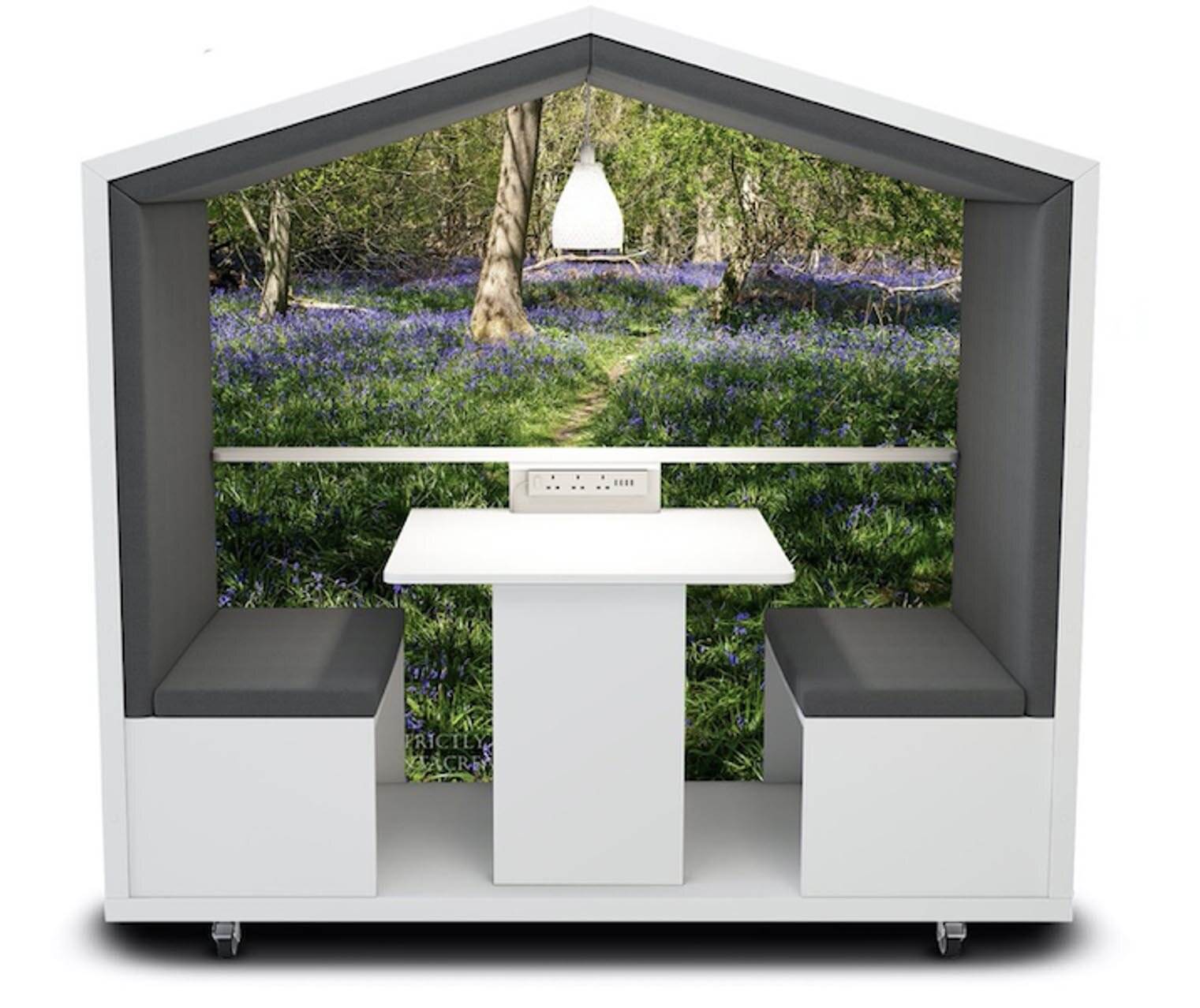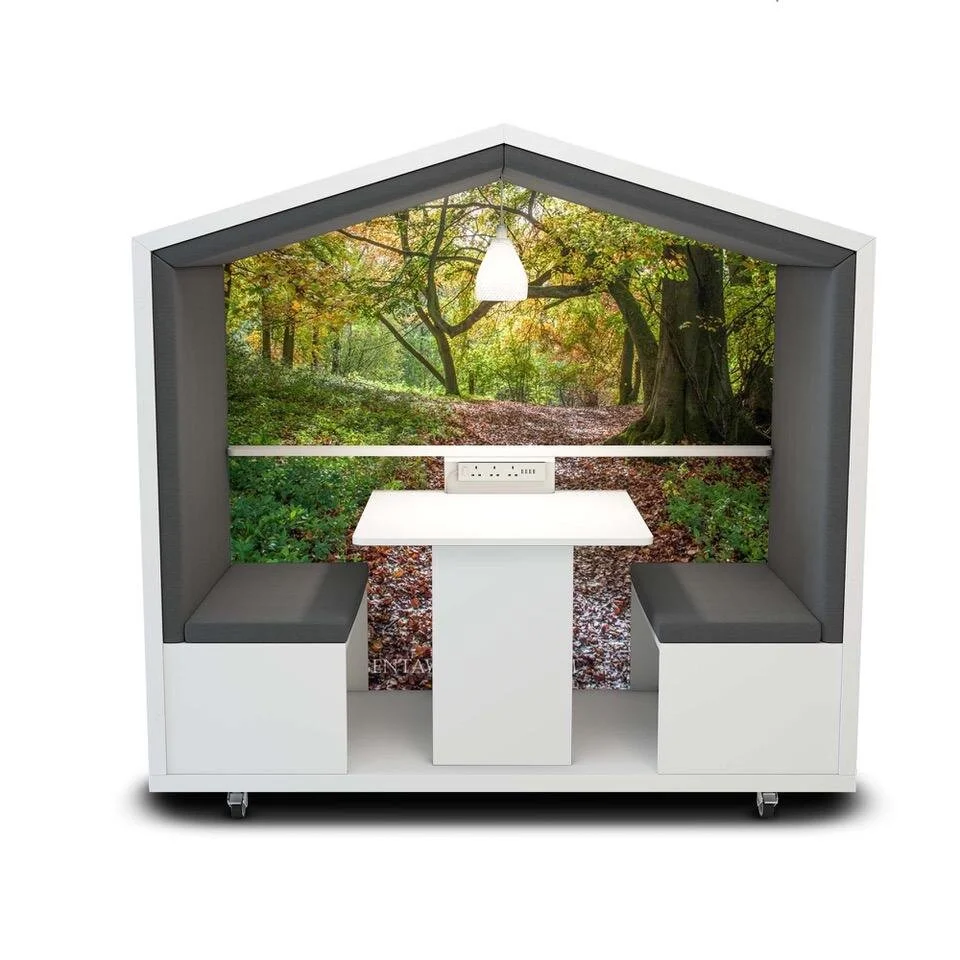How do we design schools so not only children are inspired, teachers want to come to work, places are healthy, the building sustainable, the landscape regenerative, and supports biodiversity? The answer is Biophilic Design. De Verwondering is a primary school in the Netherlands, designed by architecture firm ORGA. The design won the 2023 Stephen R. Kellert Biophilic Design Award from Living Future Europe in 2023, and justifiably so and is featured in the Education issue of The Journal of Biophilic Design.
The name of school means ‘sense of wonder’ or 'amazement', referring to the sensation of curiosity in children that is triggered when they come into contact with the natural world. Any parallels with ‘The Sense of Wonder’, Rachel Carson’s timeless publication from 1960, are coincidental, but both very much speak to the same sentiment.
In this podcast we speak with Gijs Bruggink, Chef de bureau of ORGA and discuss the importance of using Natural building materials, and how we need to push boundaries for sustainable and regenerative buildings.
The difference the Biophilic Design of the school has made to the teachers, staff, and children is phenomenal, and it also shows when an organization wants to do something better with nature deeply embedded into it right from the start of the project. The difference it can make to the business, the reduction of staff and student absenteeism, the improved recruitment, overall wellbeing, air quality, acoustics and so much more.
“It is an interesting time for designers. There are a lot of problems which need solutions nowadays with climate change and biophilic design just has a lot of answers. Not only is it beautiful but it's interesting from the health perspective and it's beneficial from a business perspective because if your users of the building are able to perform better to be more productive and they feel better, it's good for your business. There's a lot of research and science supporting these these ideas and these benefits,” says Gijs.
One of the wonderful things about the Der Verwondering design is that they have created a really healthy learning environment for children and the people working there to help them get a good education. There are also all sorts of connections to nature in the building which builds affinity with nature, and children can discover things on their own, they have a natural adventurous inquisitive nature.




















